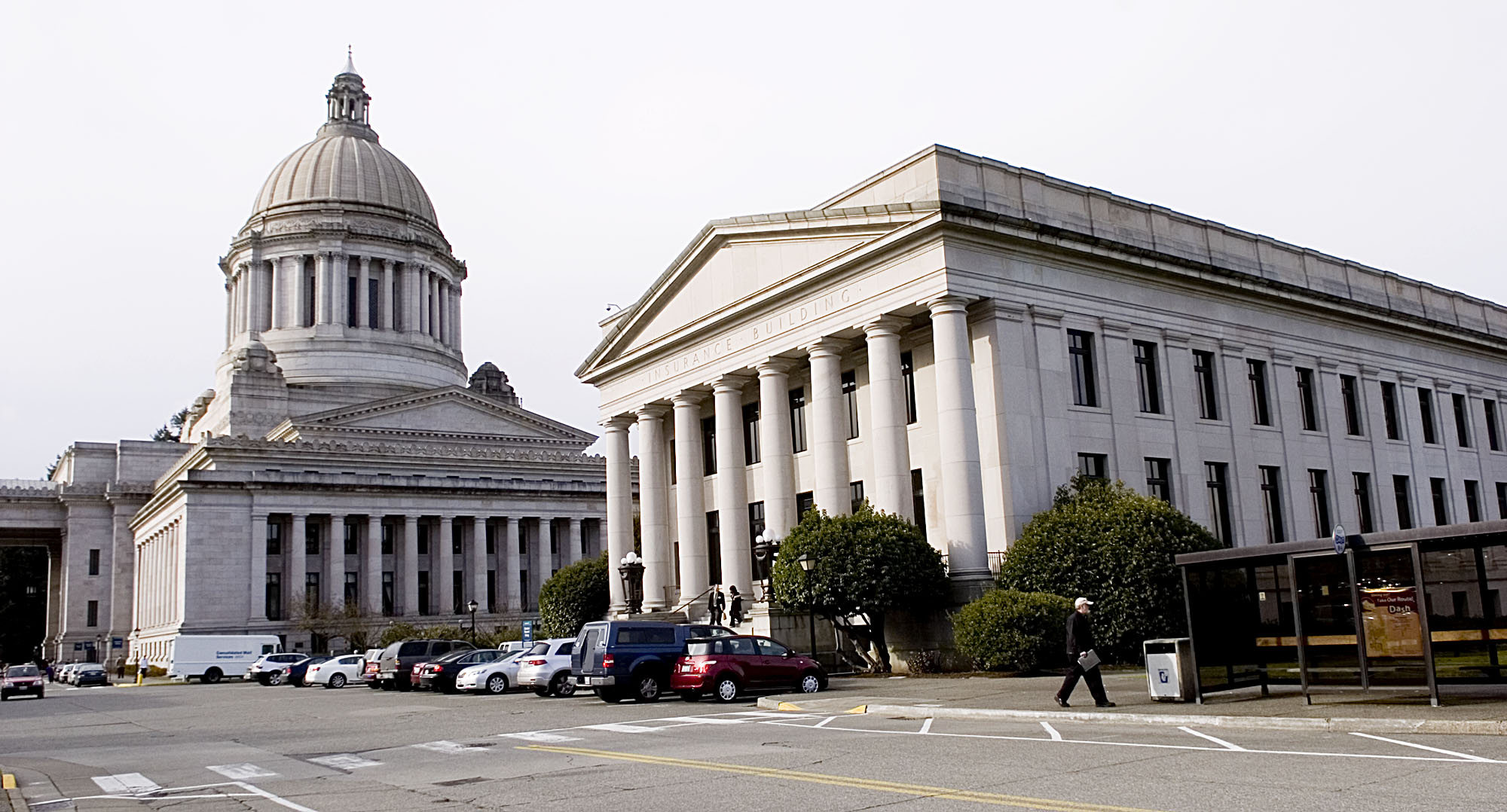OLYMPIA — Many workers in Washington state government would be shifted out of pensions and into a 401(k)-style retirement system under a bill heard Monday in a state Senate committee.
The plan developed by Senate Majority Leader Rodney Tom would put new workers and those younger than 45 into defined-contribution plans funded mostly by the employees. Tom said the idea is designed to give government workers more flexibility with their retirement savings and ease concerns of some taxpayers who may not want to fund defined-benefit plans that are becoming less common in the private sector.
“It creates a little tension with our citizens who are actually footing the bill,” Tom said of the ongoing use of pensions.
Opponents said the idea would make it more difficult to retain quality teachers and other employees while making it more difficult for workers to have a secure retirement.
Greg Devereux, executive director at the Washington Federation of State Employees, said he believes the proposed law would be subject to legal challenge. He said it would further destabilize the state work force that has already faced cuts in recent years.
“We think this is merely a gratuitous attack on a work force whose morale is already low,” Devereux said.
Lawmakers did not vote on the bill Monday.
The specifics of the measure would shift workers under the age of 45 who are currently in the more recent iterations of the pension systems for public employees, teachers, other school employees and public safety workers.
Members of the new retirement savings plans would have to contribute between 5 percent and 7.5 percent of their salary to the accounts. Employers would also contribute to the plans — 80 cents for every $1 contributed by the worker. The State Investment Board would develop different investment options for members to utilize.
Tom said he has long-term concerns about the state pension system because its funding status is based on the state’s investment board earning annual returns of nearly 8 percent.



